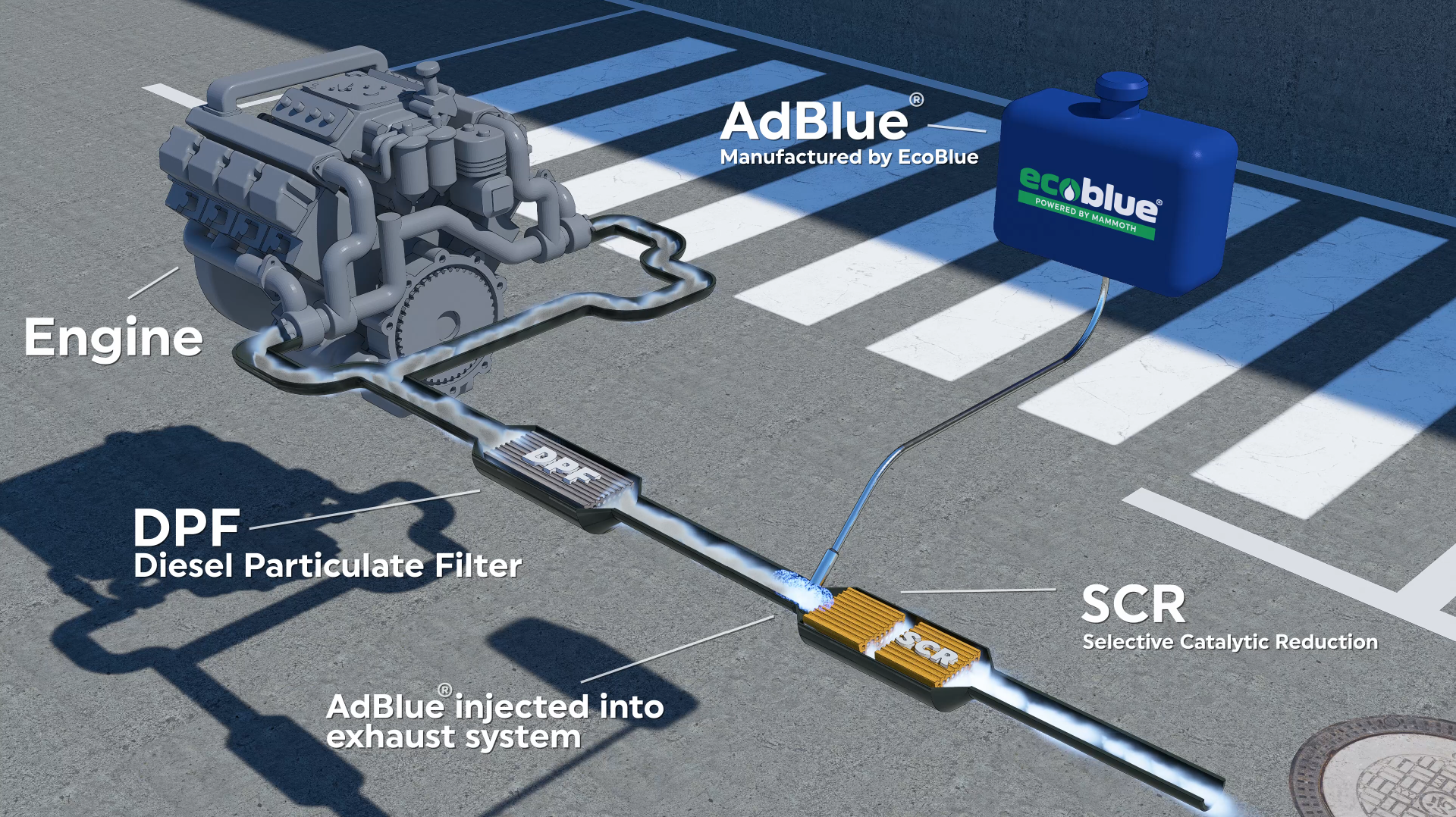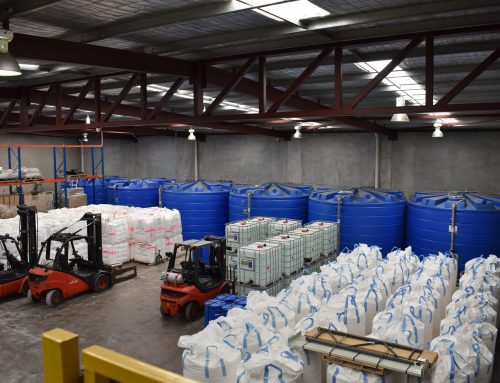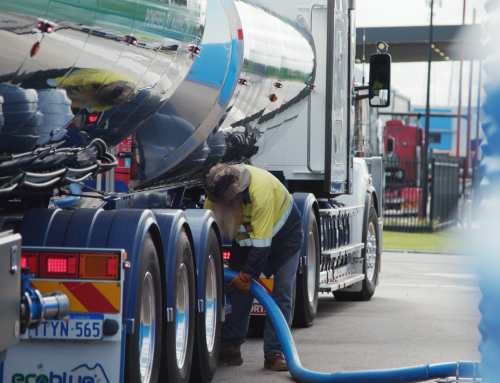The use of AdBlue® in combination with a selective catalytic reduction (SCR) system reduces the harmful nitrous oxide (NOx) gases emitted from a diesel engine’s exhaust by up to 90%. In line with this, Australia has introduced regulations that require a strict limit on emissions for all modern diesel vehicles as a way of reducing air pollution. The regulations might seem complex but remaining compliant is simple and will help keep the air cleaner for everyone.
In the early 2000’s experimental SCR systems being trialed in vehicle exhausts to capture NOx emissions. The results were very positive and by 2009 diesel vehicles were being manufactured with these aftertreatment systems as a standard.
As the technology to reduce vehicle emissions became readily available, it was necessary for the Australian government to ensure that businesses and vehicle owners were adopting it. In 2011, following similar environmental mandates by the Environmental Protection Agency (EPA) in the USA, Australia implemented regulations for vehicle emissions standards. These standards introduce noxious emissions limits for light vehicles (ADR 79/04) and heavy vehicles (ADR 80/03), in order to reduce air pollution.
Key points pf ADR80/03:
- Refers to 2010 models onwards
- Vehicles require on-board diagnostics (ODB)
- SCR must utilise AUS32 grade fluid (AdBlue®)
While SCR systems are not technically compulsory in Australia, it is the only readily available technology that is able to conform to the strict standards on emissions for modern diesel vehicles. There is also a requirement that the urea solution utilised in SCR systems is DIN V70070 (AUS32) aka AdBlue®. So, although not mandatory, AdBlue® and a SCR are vital components for compliance with Australian environmental regulations.
The good news is that all new diesel vehicles come equipped with SCR systems and OBD as standard, and manufacturing of AdBlue® in Australia has steadily increased, allowing consistent and reliable supply across the country. This makes it easy to comply with the environmental regulations and to do our part to reduce air pollution.






